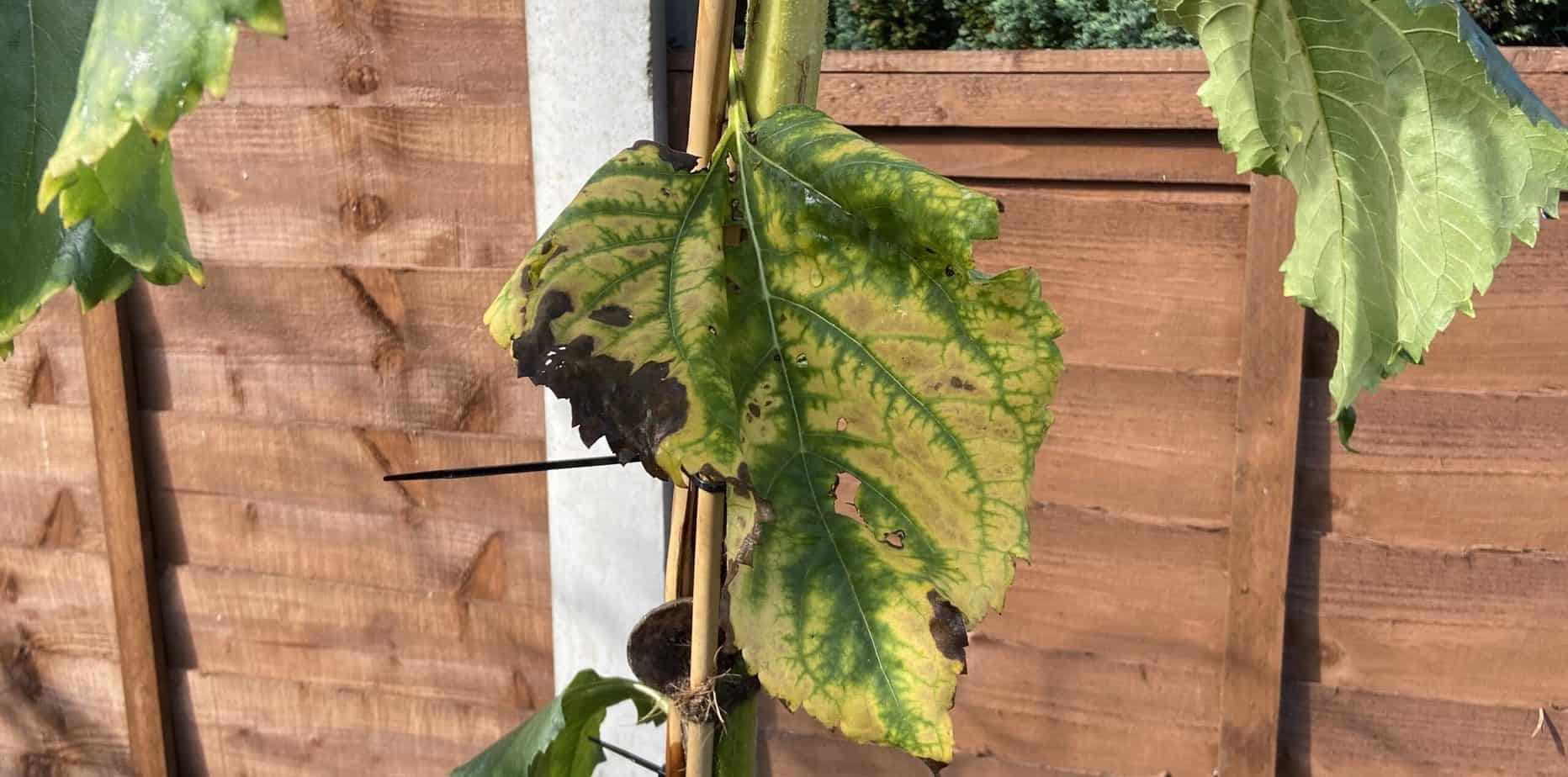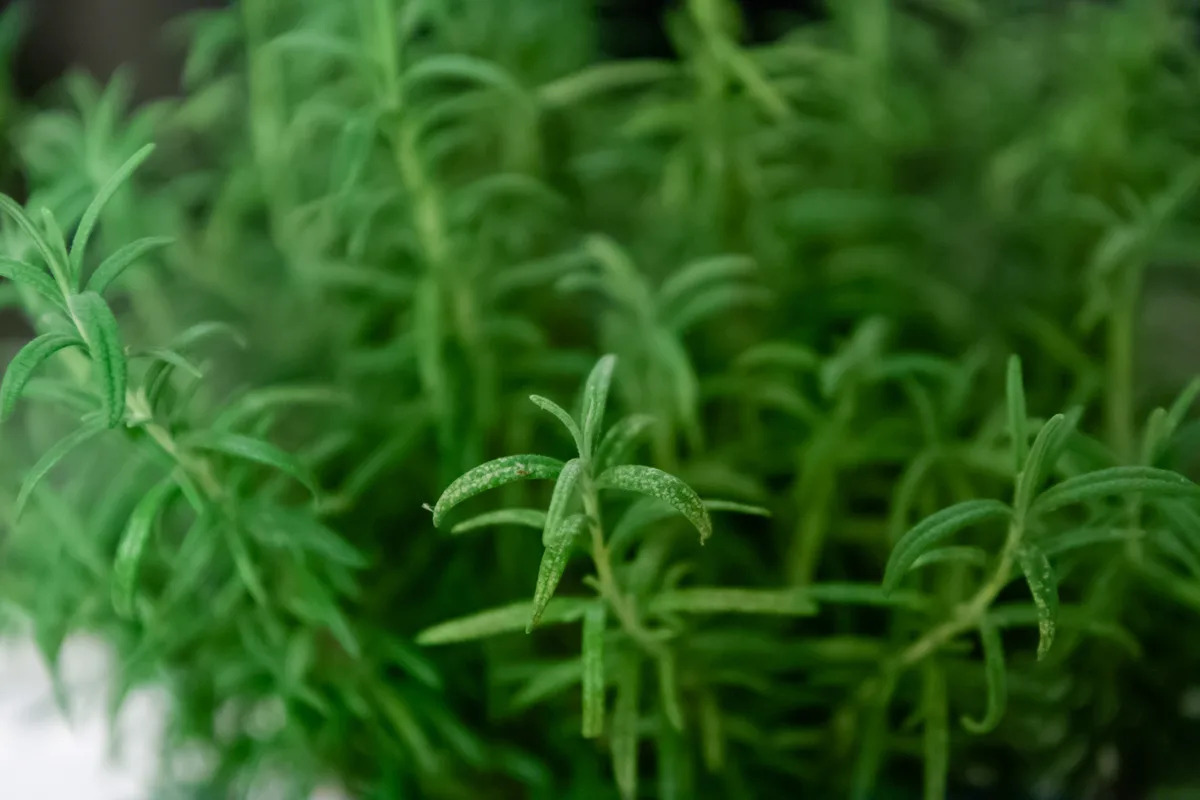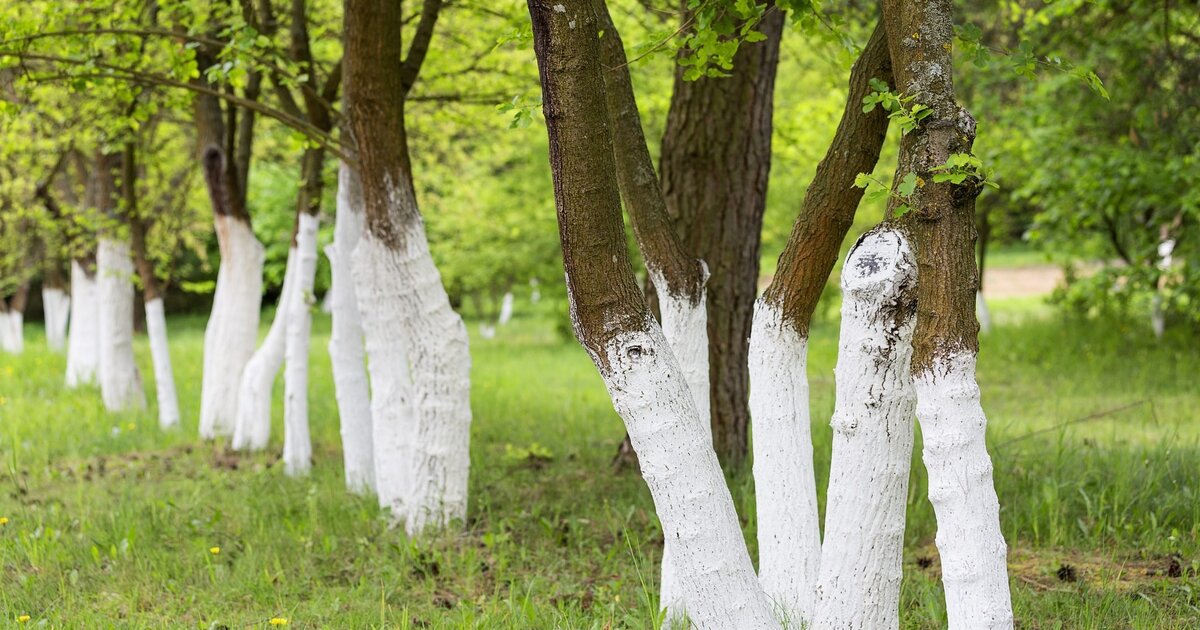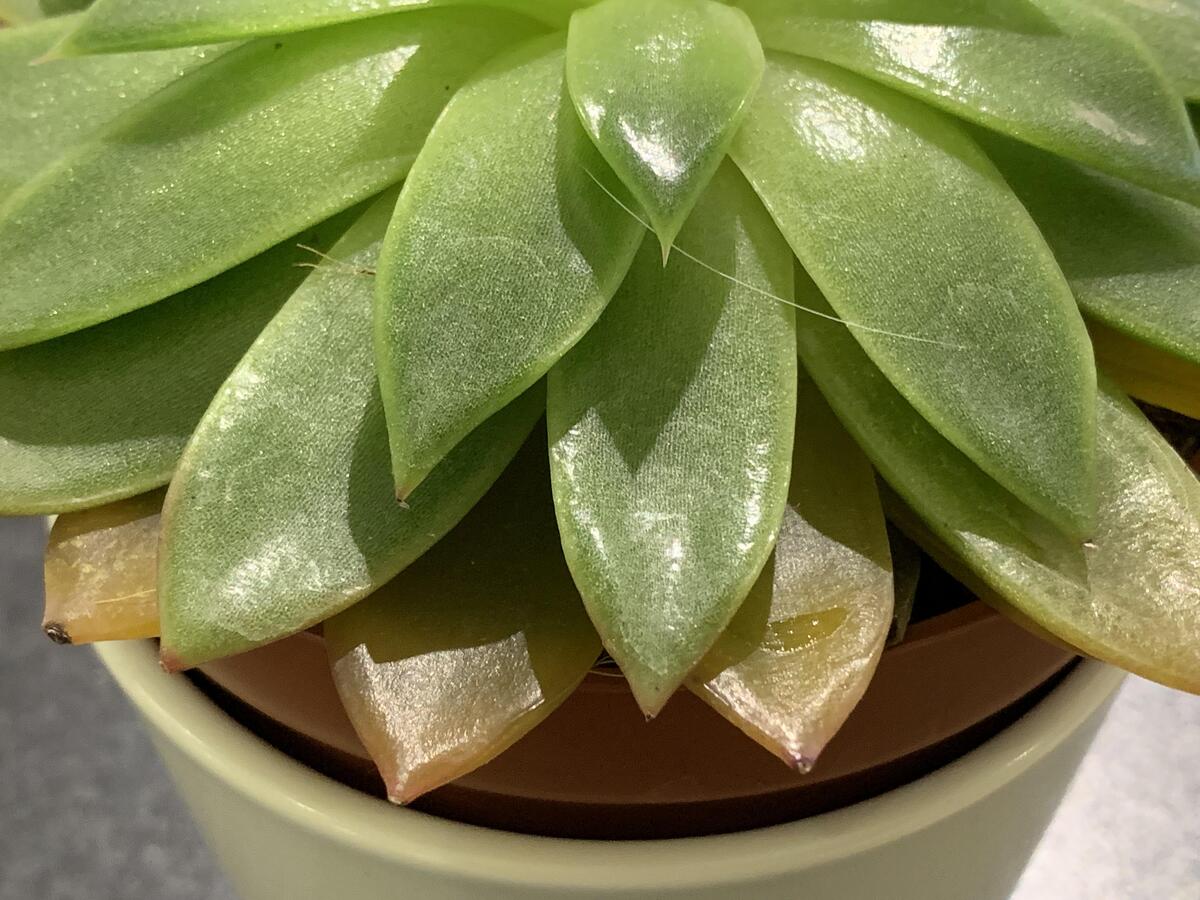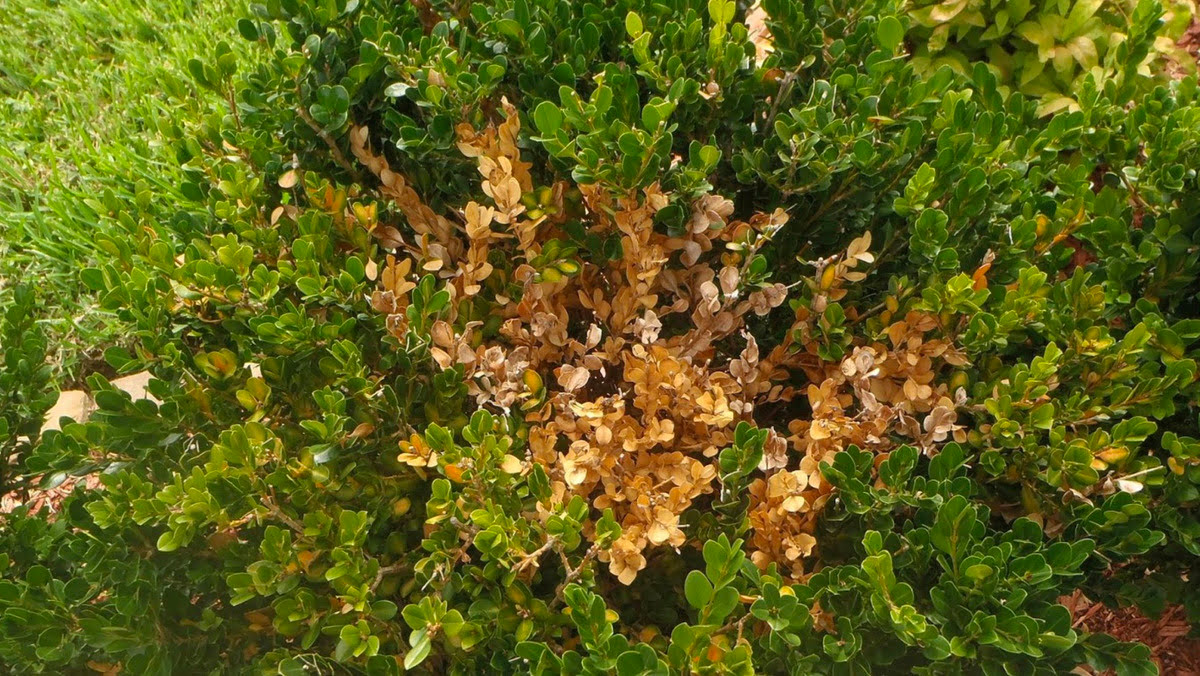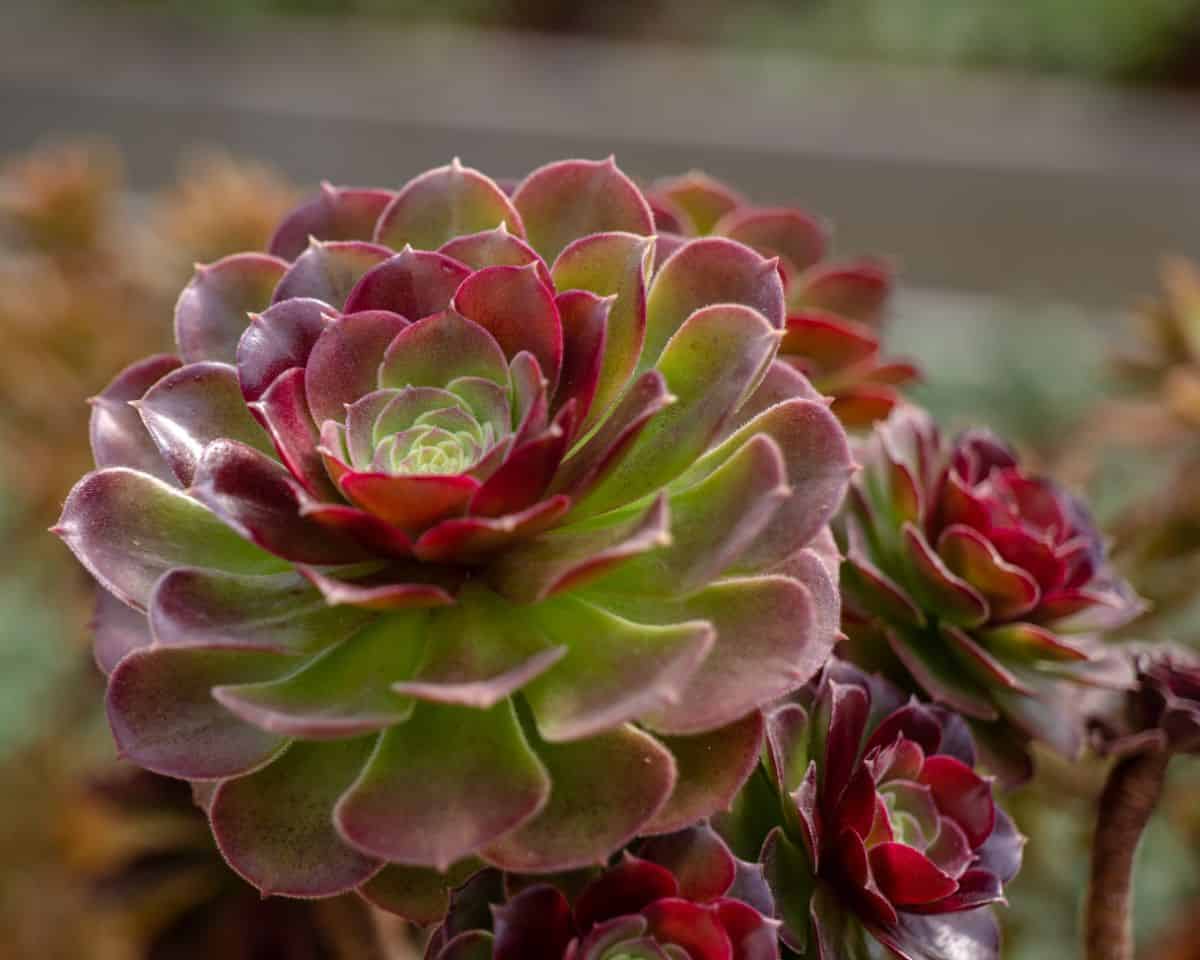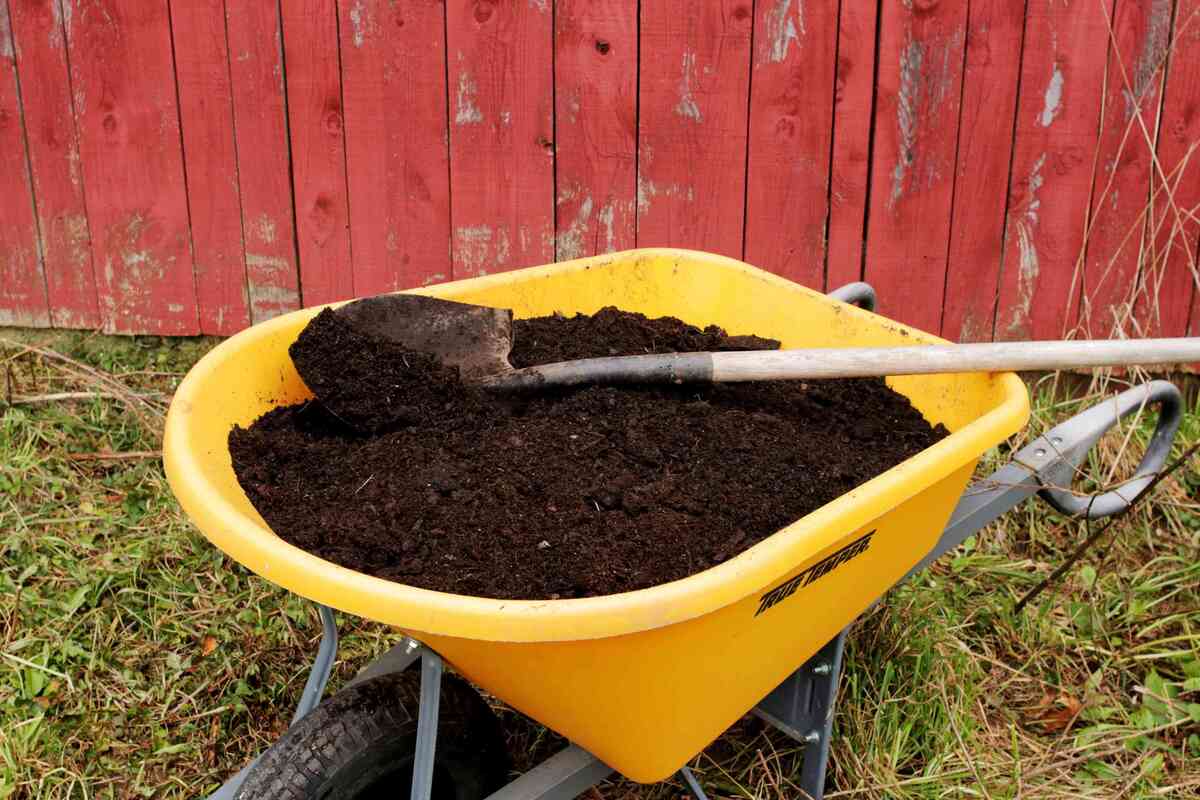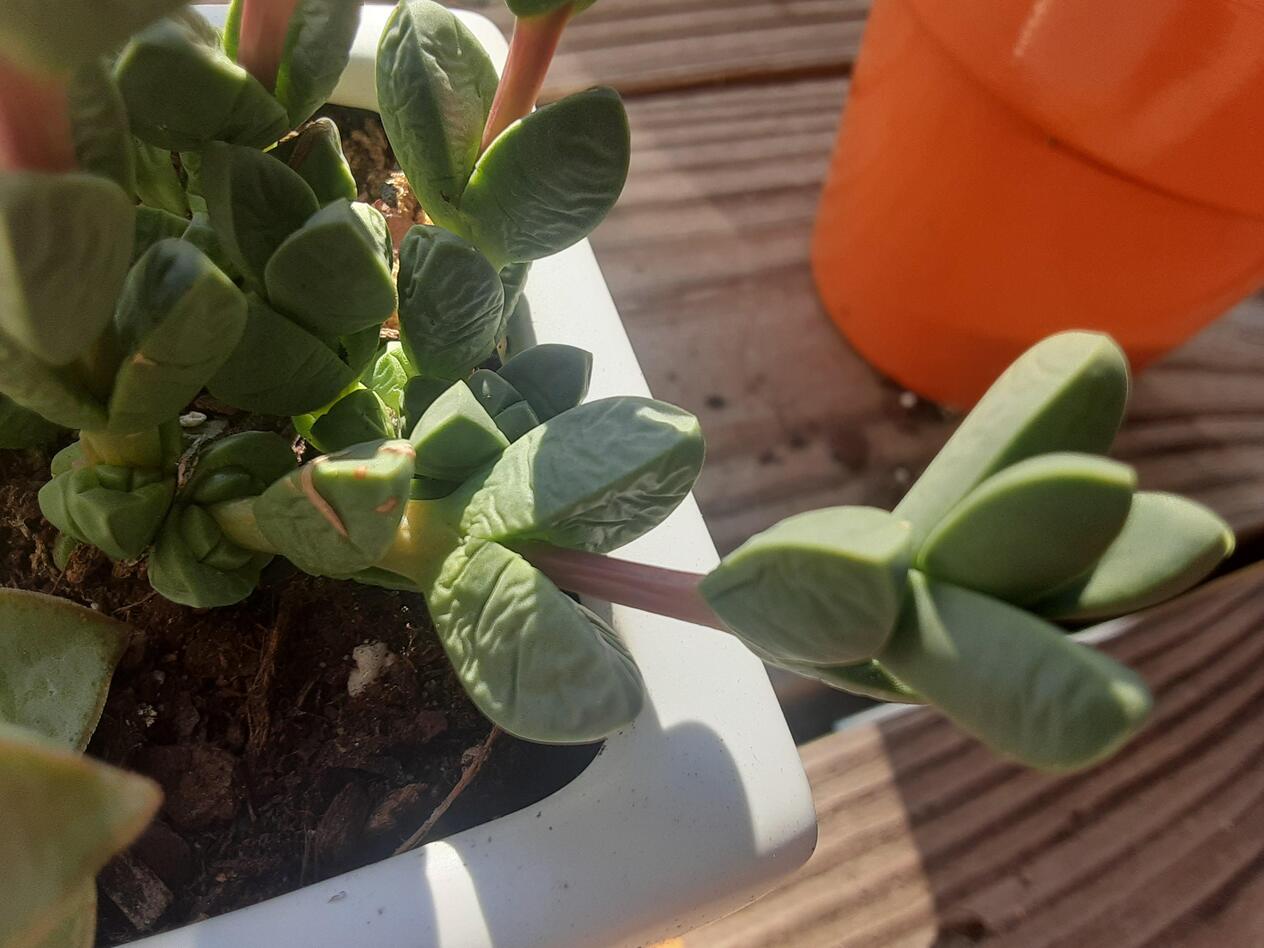Home>Gardening Basics>Understanding Soil>Why Is My Plant Soil Turning White


Understanding Soil
Why Is My Plant Soil Turning White
Published: February 6, 2024
Learn about the phenomenon of white soil in plants and gain a better understanding of soil composition with our comprehensive guide.
(Many of the links in this article redirect to a specific reviewed product. Your purchase of these products through affiliate links helps to generate commission for Chicagolandgardening.com, at no extra cost. Learn more)
Table of Contents
Introduction
Soil is a vital component for the growth and health of plants. It provides essential nutrients, supports root development, and acts as a medium for water retention. As a gardener or plant enthusiast, you may have encountered a puzzling phenomenon: the discoloration of your plant soil into a ghostly white hue. This white soil can be concerning, as it may indicate an underlying issue that needs to be addressed.
In this article, we will delve into the world of soil coloration, specifically focusing on the occurrence of white soil. We will explore the different factors that can lead to white soil formation, common conditions where it is likely to appear, the potential effects on plant health, and preventive measures you can take to avoid this issue.
Understanding why your plant soil is turning white is crucial for maintaining a thriving garden and promoting optimal plant growth. By gaining insight into this topic, you will be better equipped to identify and address any problems that may arise.
Understanding Soil Coloration
Soil comes in a range of colors, from dark brown to red, yellow, and even black. These different hues are determined by various factors, including the composition of minerals, organic matter content, and environmental conditions.
The color of soil is primarily influenced by the presence of organic matter and the oxidation state of iron. Organic matter, such as decomposed plant and animal materials, can give soil a dark brown or black color. On the other hand, iron minerals can impart shades of red, yellow, or even orange.
When it comes to white soil, the coloration is typically a result of changes in the soil’s mineral composition or the presence of salts. These factors can alter the soil’s reflectivity and give it a pale or white appearance.
It’s important to note that white soil may not always be a cause for alarm. In some cases, it can be a natural occurrence due to the presence of certain minerals or geologic formations. However, in other instances, it can be a sign of underlying problems that require attention.
To better understand the causes of white soil, let’s explore some of the common factors and conditions associated with this phenomenon.
Factors Causing White Soil
White soil can be caused by various factors, including mineral deposits, high salt content, and fungal growth. Understanding these factors is essential in determining the best course of action for addressing the issue.
One common cause of white soil is the presence of mineral deposits, such as limestone or chalk. These minerals can naturally occur in certain regions and result in the soil taking on a white appearance. The mineral content of the soil can be influenced by the underlying geology of the area.
In addition to mineral deposits, high salt content can contribute to white soil. Excessive salts in the soil can accumulate over time, especially in arid or semi-arid regions. Irrigation practices, the use of salt-based fertilizers, and poor drainage can all contribute to salt buildup in the soil. As the water evaporates, the salts are left behind, leading to white soil.
Fungal growth can also cause white soil. Fungi, such as powdery mildew or white mold, can colonize the soil and create a white fuzzy layer on the surface. These fungi thrive in humid conditions and can affect the health of plants by disrupting nutrient uptake and blocking sunlight from reaching the leaves.
It’s important to note that not all white soil is harmful or detrimental to plant growth. Some minerals, like gypsum, can actually benefit the soil by improving its structure and drainage. However, if the white soil is accompanied by other symptoms, such as stunted plant growth or yellowing leaves, it may indicate a more serious problem that needs to be addressed.
Now that we have explored the factors causing white soil, let’s delve into some of the common conditions where this discoloration is likely to occur.
Common White Soil Conditions
White soil can occur under certain conditions that are often associated with specific environments and gardening practices. By understanding these common conditions, you can identify potential causes of white soil and take appropriate actions to mitigate the issue.
1. High Alkalinity: Soil with high alkalinity, also known as high pH, can often result in white soil. This is typically caused by the presence of high levels of calcium carbonate, commonly found in areas with limestone bedrock. Alkaline soil can hinder nutrient availability to plants and affect their overall health.
2. Saline Soil: Saline soil refers to soil with a high salt content. In areas with poor drainage or where irrigation water is high in salt, the salts can accumulate in the soil over time. This can lead to poor plant growth and the development of white patches or crusts on the soil surface.
3. Over-Fertilization: Excessive use of fertilizers, particularly those high in salts, can contribute to the formation of white soil. When fertilizers are used in excess or not properly dissolved and distributed in the soil, the excess salts can accumulate and cause soil discoloration.
4. Powdery Mildew: Powdery mildew is a common fungal disease that can cause white patches or a powdery white coating on plant leaves and soil. It thrives in warm and humid conditions, particularly on plants with dense foliage. Controlling humidity and ensuring adequate airflow can help prevent the development of powdery mildew and its associated white soil.
5. Efflorescence: Efflorescence is a natural process that occurs when water-soluble salts rise to the soil surface through capillary action. As the water evaporates, it leaves behind a white residue or crust. Efflorescence is often seen in newly constructed areas, where building materials and concrete release salts into the soil.
Identifying the specific conditions leading to white soil will help you determine the appropriate measures to take. In the next section, we will explore the effects of white soil on plant health and discuss preventive measures to avoid this issue.
Effects of White Soil on Plant Health
White soil can have various effects on the health and growth of plants. These effects depend on the underlying cause of the soil discoloration and the specific conditions in which the plants are growing. Understanding the potential impacts will help you address any issues promptly and ensure the well-being of your plants.
1. Nutrient Imbalance: High alkalinity or saline soil can negatively affect nutrient uptake by plants. The presence of excessive salts or high pH levels can interfere with the availability and absorption of essential nutrients. This can lead to nutrient deficiencies or imbalances, resulting in stunted growth, yellowing leaves, and overall poor plant vigor.
2. Water Stress: Soil with high salt content can disrupt the natural water balance within plants. Excessive salt levels in the soil can draw water away from plant roots, causing water stress and dehydration. This can manifest as wilting, leaf burn, and reduced overall plant health.
3. Fungal Infections: White soil caused by fungal growth, such as powdery mildew or white mold, can have direct impacts on plants. These fungi thrive in humid conditions and can spread rapidly, infecting plant tissues and interfering with photosynthesis and nutrient absorption. Infected plants may show signs of leaf discoloration, leaf curling, and reduced fruit or flower production.
4. Reduced Root Development: Certain conditions associated with white soil, such as high pH or poor drainage, can impede root development. Plants rely on healthy root systems to anchor themselves and absorb water and nutrients from the soil. Soil pH extremes or compacted soil can restrict root growth, leading to weak and unhealthy plants.
5. Poor Plant Performance: Overall, the presence of white soil can negatively impact the performance and growth of plants. Stressors caused by nutrient imbalances, water stress, fungal infections, or limited root development can result in reduced plant vigor, slower growth, decreased yield, and even plant death in severe cases.
Regular monitoring of plant health and addressing any signs of distress promptly is crucial in mitigating the effects of white soil. In the next section, we will discuss preventive measures to avoid white soil and promote optimal plant growth.
How to Prevent White Soil
Preventing the occurrence of white soil is key to maintaining a healthy and flourishing garden. By implementing proper practices and taking proactive measures, you can minimize the risk of white soil formation and ensure optimal plant growth. Here are some effective strategies to consider:
1. Conduct Soil Testing: Regularly test your soil to understand its composition and nutrient levels. This will help you identify any imbalances or deficiencies that could contribute to white soil formation. Adjusting the pH and nutrient levels according to the needs of your plants can promote healthy soil and prevent discoloration.
2. Improve Drainage: Proper drainage is essential for preventing the accumulation of salts and waterlogged conditions that can lead to white soil. Amend heavy clay soils with organic matter to improve drainage, and consider installing drainage systems or raised beds in areas prone to water retention.
3. Manage Irrigation: Overwatering can contribute to the development of white soil by causing salts to accumulate. Water plants only when necessary and avoid shallow, frequent watering. Use mulch around plants to retain moisture and minimize evaporation. Consider drip irrigation methods to deliver water directly to the root zone.
4. Optimize Fertilizer Use: Carefully monitor and control the use of fertilizers. Avoid over-fertilization, which can lead to salt buildup and white soil formation. Follow recommended application rates and timing for fertilizers, and consider using organic alternatives that are less likely to contribute to salt accumulation.
5. Maintain Good Air Circulation: Proper airflow is crucial in preventing the development of fungal diseases that can lead to white soil. Prune dense foliage to improve air circulation and reduce humidity around the plants. Avoid overcrowding plants and provide adequate spacing to minimize the risk of fungal infections.
6. Practice Crop Rotation: Implementing crop rotation can help prevent nutrient imbalances and the buildup of soilborne pests and diseases. Rotating crops with different nutrient requirements and disease susceptibility can maintain soil health and reduce the risk of white soil formation.
7. Monitor and Control Pests and Diseases: Regularly inspect plants for signs of pests and diseases and take appropriate measures to control them. Insect infestations or fungal infections can weaken plants and contribute to white soil issues. Use integrated pest management techniques to prevent and manage these problems.
By implementing these preventive measures, you can minimize the occurrence of white soil and create an optimal growing environment for your plants. With healthy soil, your plants will thrive and reward you with vibrant growth and abundant harvests.
Conclusion
Understanding the causes and effects of white soil is essential for any gardener or plant enthusiast. It is a phenomenon that can occur due to various factors, such as mineral deposits, high salt content, or fungal growth. While some white soil occurrences may be natural and harmless, others can negatively impact plant health and growth.
By recognizing the common conditions associated with white soil, such as high alkalinity, saline soil, over-fertilization, powdery mildew, or efflorescence, you can take appropriate measures to prevent its occurrence. Implementing strategies like conducting soil tests, improving drainage, managing irrigation and fertilizer use, maintaining good air circulation, practicing crop rotation, and monitoring pests and diseases can all contribute to preventing white soil formation.
Preventive measures are crucial for maintaining healthy soil and ensuring the success of your garden. By maintaining the right balance of nutrients, moisture, and airflow, you can create an optimal environment for plant growth and minimize the risk of white soil issues.
In conclusion, white soil can be a cause for concern, but with proper knowledge and proactive practices, it can be effectively managed and prevented. By staying attentive to the health of your plants, monitoring soil conditions, and implementing preventive measures, you can create a thriving garden where your plants can flourish and thrive.
